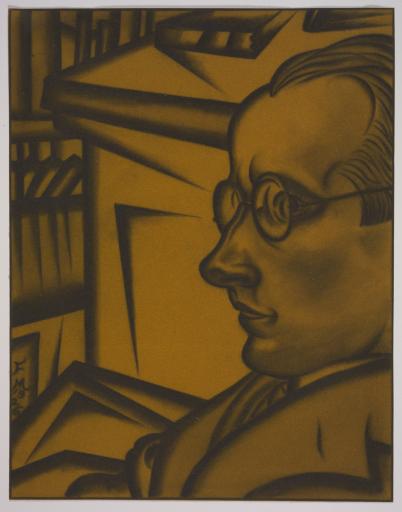Portrait of György Bàlint, Miklós Farkasházy
Artwork Overview
Miklós Farkasházy, artist
1895–1964
Portrait of György Bàlint,
1926
Where object was made: Hungary
Material/technique: charcoal; flocked paper
Dimensions:
Object Height/Width (Height x Width): 32.3 x 25.3 cm
Object Height/Width (Height x Width): 12 11/16 x 9 15/16 in
Mat Dimensions (Height x Width): 20 x 16 in
Object Height/Width (Height x Width): 32.3 x 25.3 cm
Object Height/Width (Height x Width): 12 11/16 x 9 15/16 in
Mat Dimensions (Height x Width): 20 x 16 in
Credit line: Museum purchase
Accession number: 1999.0001
Not on display
If you wish to reproduce this image, please submit an image request


